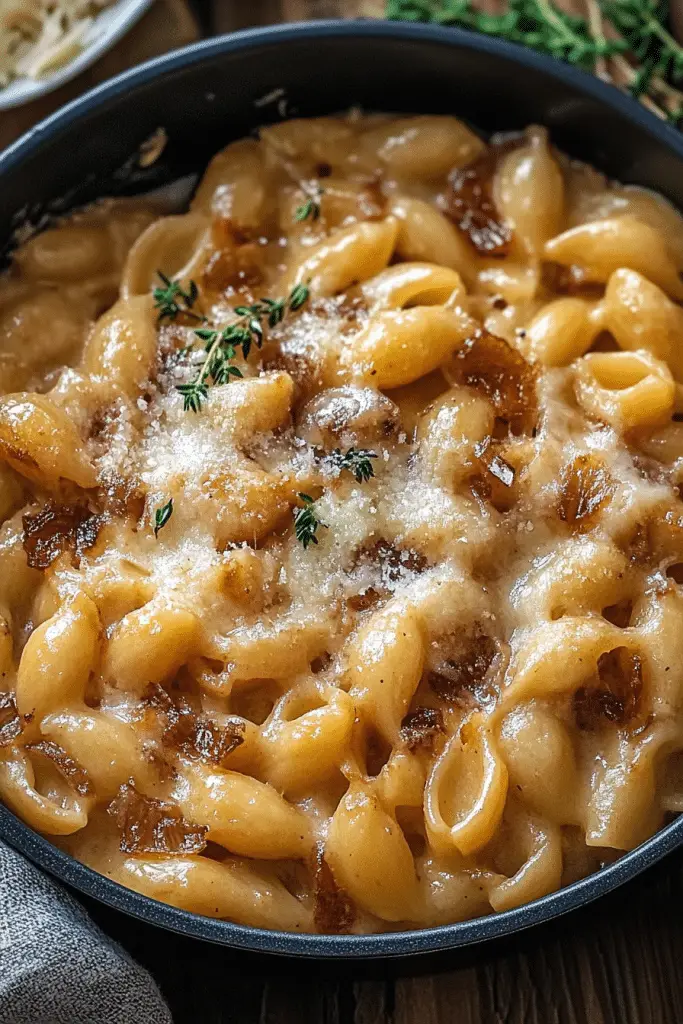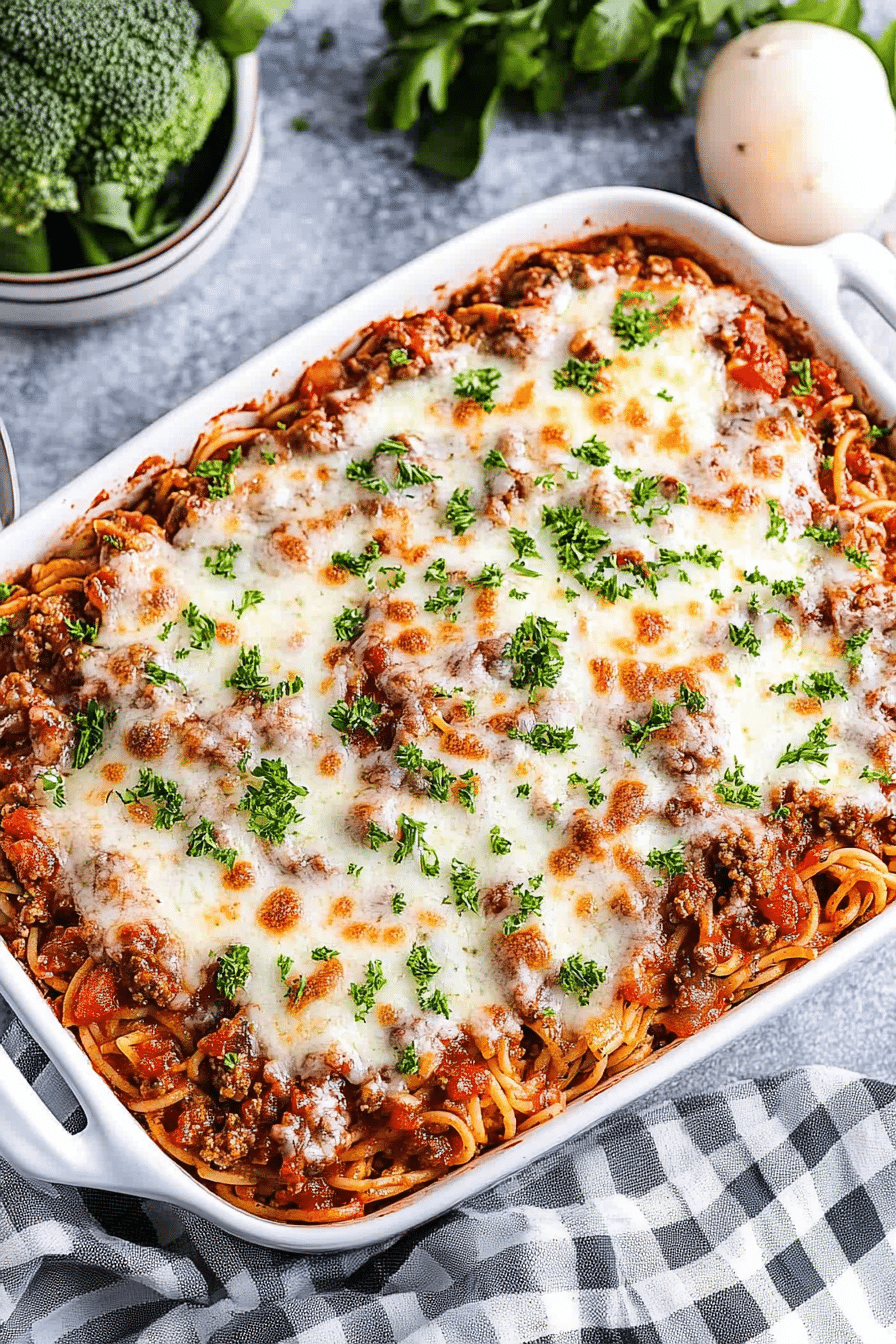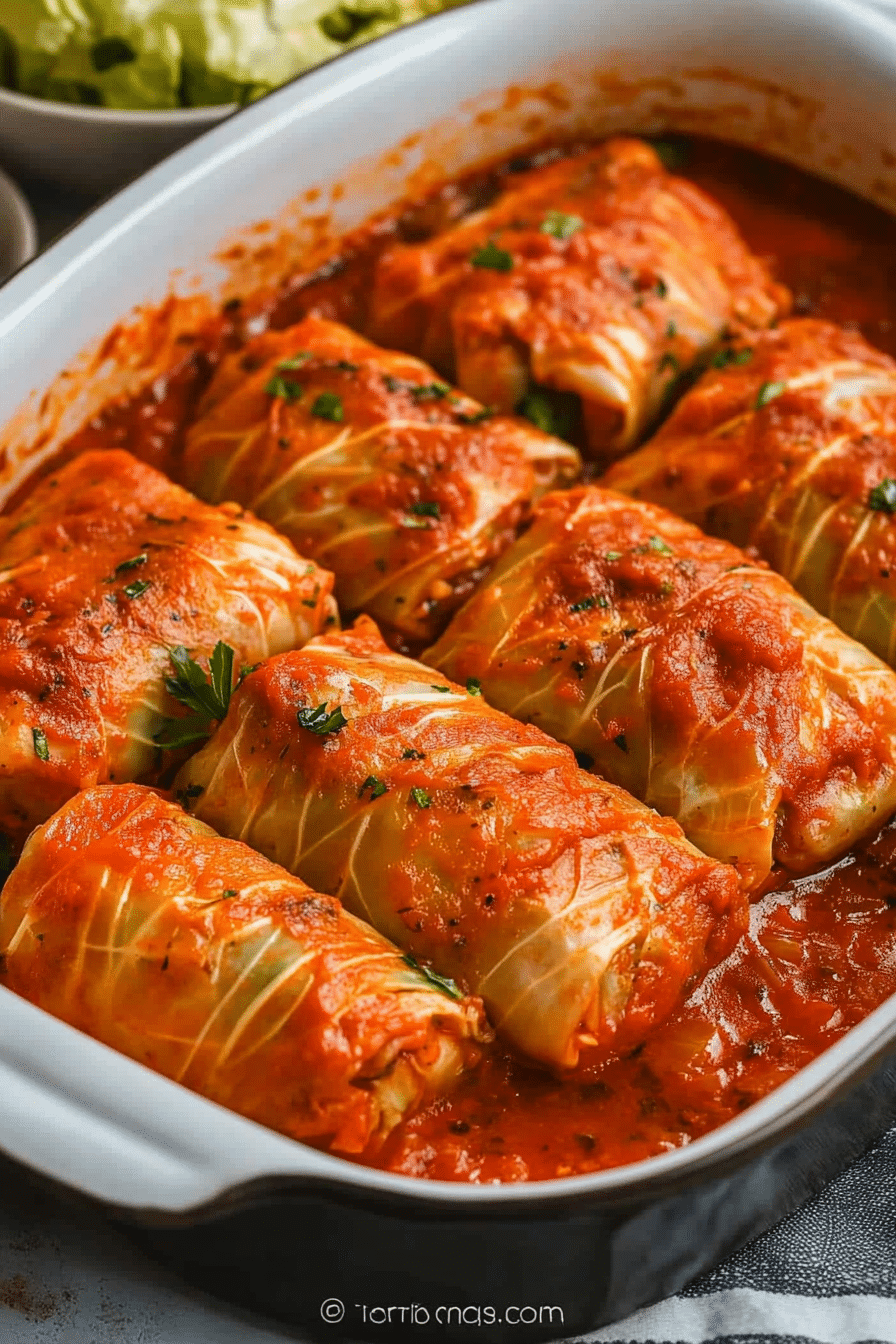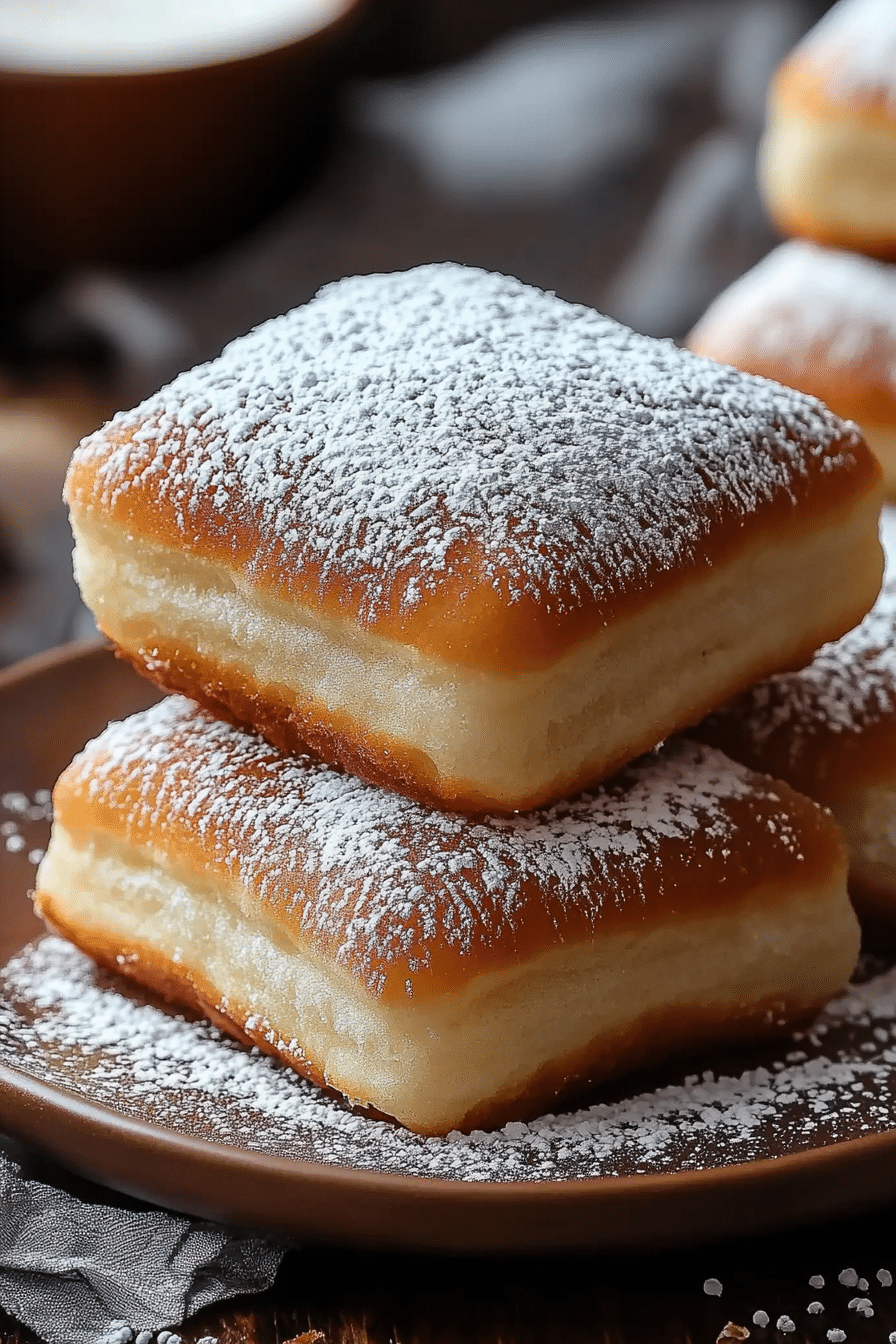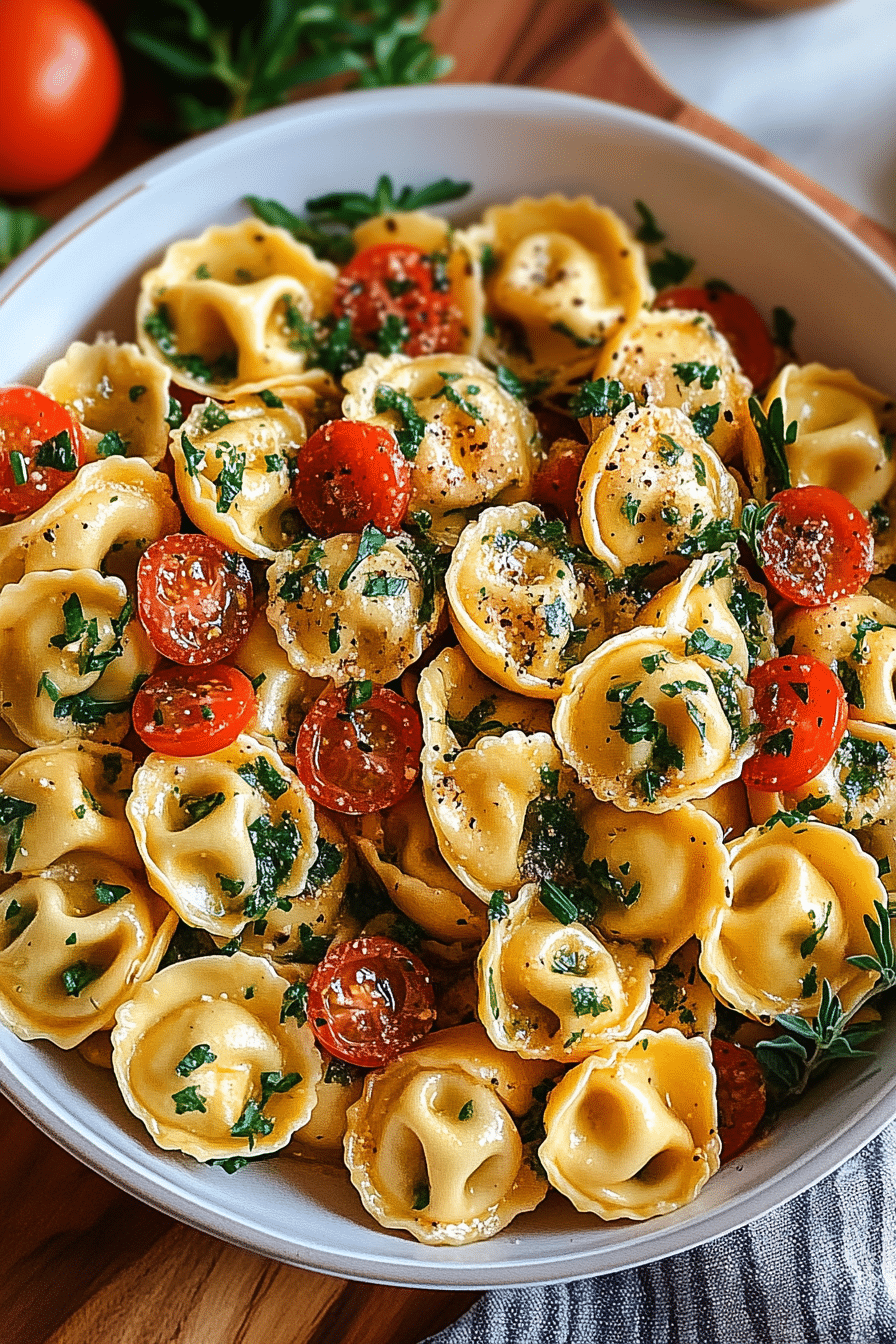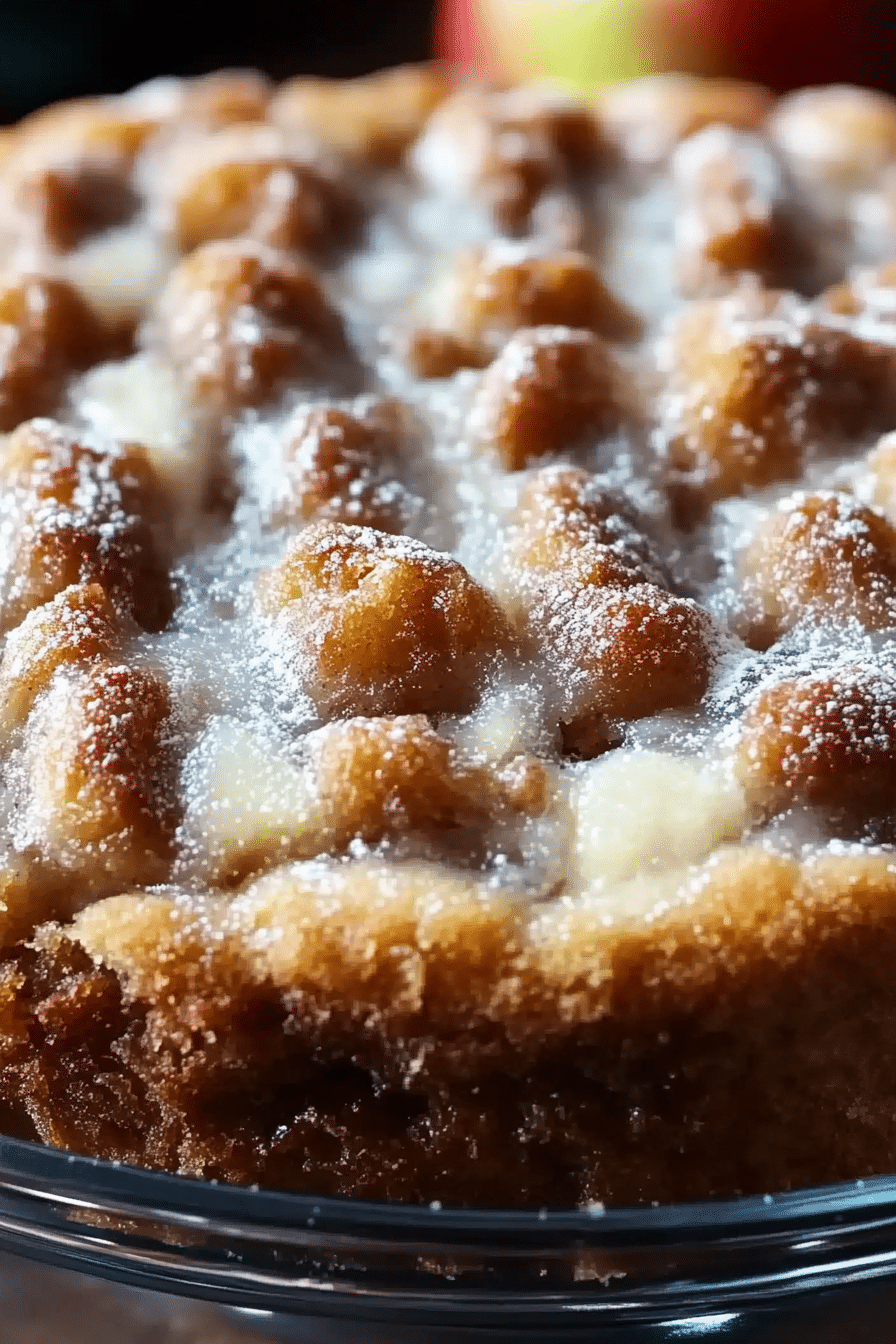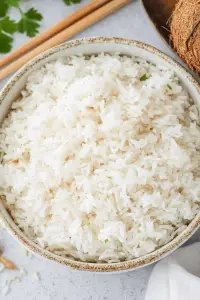Oh, you know those nights, right? The ones where the day just felt impossibly long, and the thought of cooking anything remotely complicated makes you want to just order pizza? Yeah, I’ve been there. More times than I can count, actually. But lately, when those “I’m too tired to cook” moments strike, I’ve found my go-to savior: this incredibly dreamy French onion pasta. It sounds fancy, I know, but trust me, it’s ridiculously simple and tastes like pure bliss in a bowl. It’s got all the warm, savory, caramelized goodness of classic French onion soup, but in a pasta dish that feels both indulgent and surprisingly comforting. Honestly, it’s become my secret weapon for weeknights, and it’s so good that my kids, who can be the pickiest eaters on the planet, actually ask for it all the time. Forget the fuss of making a whole soup; this French onion pasta captures all those beloved flavors in a way that’s just… easier. And dare I say, even more satisfying.
Thank you for reading this post, don't forget to subscribe!What is French onion pasta?
So, what exactly *is* French onion pasta? Think of it as your favorite French onion soup, but instead of ladling it into bowls with a big ol’ crouton and cheese on top, we’re tossing it with tender pasta. The magic really happens in the sauce. It’s built on deeply caramelized onions, that sweet, savory foundation that’s the heart and soul of French onion soup. We’re talking onions cooked low and slow until they’re meltingly soft and a gorgeous deep golden-brown. Then, we build on that with rich beef broth, a splash of wine (optional, but highly recommended for depth!), a hint of Worcestershire sauce for that umami punch, and then we thicken it all up into a luscious sauce that clings beautifully to your pasta. It’s essentially the soul-warming essence of French onion soup, reimagined into a pasta dish that’s incredibly comforting and ridiculously delicious. It’s not a quick, weeknight toss-together, but it’s also not a multi-day affair. It’s that sweet spot of effort-to-reward that makes it a winner in my book.
Why you’ll love this recipe?
Let me tell you, there are so many reasons why this French onion pasta has earned a permanent spot in my recipe rotation. First and foremost, the flavor is just out of this world. That deep, caramelized onion sweetness combined with the savory broth and rich sauce is something truly special. It’s like a warm hug in a bowl. And while it might sound a bit involved, the actual *hands-on* time is surprisingly minimal. The bulk of the work is just letting those onions do their thing, which is mostly hands-off caramelizing. This is a lifesaver on busy nights when you want something amazing without spending hours in the kitchen. Plus, the ingredients are super budget-friendly. Onions, pasta, broth – these are staples that don’t break the bank, making this a fantastic meal for feeding a family without splurging. It’s also wonderfully versatile. You can use pretty much any pasta shape you have on hand, and I’ve even jazzed it up with different herbs or a touch of cream for extra richness. What I love most about this French onion pasta, though, is how it manages to feel both incredibly decadent and deeply satisfying. It’s the kind of meal that makes you feel good from the inside out, and when you have a bite, you just know you’ve made something truly special. It’s a little bit elegant, a lot comforting, and absolutely delicious. It’s definitely one of those dishes that people rave about and ask for the recipe, which is always a good sign, right?
How do I make French onion paste?
Quick Overview
This French onion pasta is all about building deep flavor through slow caramelization. We start by patiently cooking down onions until they’re sweet and tender, then create a rich, savory sauce using broth and a few pantry staples. This sauce is then tossed with your favorite pasta to create a dish that’s comforting, elegant, and surprisingly easy. It’s the perfect example of how simple ingredients, cooked with a little time and love, can yield incredible results. You’ll be amazed at how quickly it comes together once those onions are ready.
Ingredients
For the Onions: What is the meaning of the word “for the onions”?
3 tablespoons unsalted butter
1 tablespoon olive oil
3 large yellow onions, thinly sliced (about 4 cups)
1 teaspoon granulated sugar
1/2 teaspoon salt, plus more to taste
1/4 teaspoon black pepper, plus more to taste
For the Sauce:
2 cloves garlic, minced
1/4 cup dry white wine (like Pinot Grigio or Sauvignon Blanc, optional but recommended)
4 cups beef broth (low sodium is great here)
1 tablespoon Worcestershire sauce
1 teaspoon fresh thyme leaves (or 1/2 teaspoon dried thyme)
2 tablespoons all-purpose flour (or gluten-free alternative)
1/4 cup water
“Made the French onion pasta tonight and wow — perfect weeknight dinner. Will definitely make again!”
For the Pasta:
1 pound pasta (such as tagliatelle, pappardelle, or rotini)
1/2 cup grated Gruyère or Parmesan cheese, plus more for serving
2 tablespoons fresh parsley, chopped, for garnish (optional)
Step-by-Step Instructions
Step 1: Caramelize the Onions
This is the most important step, so don’t rush it! In a large, heavy-bottomed pot or Dutch oven, melt the butter and olive oil over medium heat. Add the thinly sliced onions, sugar, salt, and pepper. Stir to coat the onions. Reduce the heat to medium-low, cover the pot, and let them cook for about 15-20 minutes, stirring occasionally, until they start to soften. Uncover the pot, increase the heat slightly to medium, and continue to cook, stirring very frequently, for another 30-45 minutes, or until the onions are deeply golden brown and caramelized. This slow caramelization is what gives the dish its signature sweet, savory depth. If they start to stick, you can add a tablespoon or two of water. You’re looking for a rich, jammy consistency and a beautiful deep brown color. My kitchen always smells amazing during this stage!
Step 2: Add Garlic and Deglaze
Once the onions are perfectly caramelized, add the minced garlic to the pot and cook for about 1 minute until fragrant, being careful not to burn it. If you’re using white wine, pour it into the pot and scrape up any browned bits stuck to the bottom. Let the wine simmer and reduce by about half, which takes about 2-3 minutes. This step adds a lovely complexity to the sauce.
Step 3: Build the Sauce Base
In a small bowl, whisk together the flour and 1/4 cup of water until smooth. This creates a slurry that will help thicken our sauce. Pour the beef broth and Worcestershire sauce into the pot with the onions and garlic. Stir in the fresh thyme. Bring the mixture to a simmer.
Step 4: Thicken the Sauce
Gradually whisk the flour-water slurry into the simmering broth mixture. Continue to cook, whisking constantly, for about 5-7 minutes, or until the sauce has thickened to a nice, luscious consistency that coats the back of a spoon. It shouldn’t be gloopy, but it should definitely be thicker than just broth. Taste and adjust seasoning with more salt and pepper if needed. Remember, the cheese will add saltiness later, so be mindful!
Step 5: Cook the Pasta
While the sauce is simmering and thickening, bring a large pot of salted water to a boil. Add your pasta and cook according to package directions until al dente. Reserve about 1 cup of the pasta cooking water before draining. This starchy water is liquid gold and can help loosen the sauce if it becomes too thick.
Step 6: Combine Pasta and Sauce
Drain the pasta and add it directly to the pot with the French onion sauce. Add the grated Gruyère or Parmesan cheese. Toss everything together gently until the pasta is well coated in the rich sauce and the cheese is melted and gooey. If the sauce seems a bit too thick, add a splash of the reserved pasta cooking water, a tablespoon at a time, until you reach your desired consistency. You want it creamy and clinging, not watery or clumpy.
Step 7: Serve Immediately
Divide the French onion pasta among serving bowls. Garnish with extra grated cheese and fresh chopped parsley, if desired. Serve hot and enjoy every comforting bite!
“New family favorite! This French onion pasta was so flavorful and ridiculously easy. Crowd-pleaser for sure.”
What to Serve It With
This French onion pasta is such a complete meal on its own, but if you’re looking to round things out, here are some ideas that pair beautifully. For a lovely, comforting breakfast or a relaxed brunch, a simple side of scrambled eggs or a poached egg on top takes it to another level. The runny yolk mingling with the savory pasta is pure heaven. A crisp, light green salad with a simple vinaigrette is also fantastic – it cuts through the richness of the pasta and adds a refreshing contrast. Think mixed greens with a Dijon vinaigrette. If you’re feeling a bit more indulgent for brunch, a side of crispy bacon or some pan-fried sausage links would be a hit. For a cozy snack any time of day, honestly, just a big forkful of this French onion pasta is usually all I need! We often have this on a rainy Saturday afternoon, and it just feels so right. If you want to serve it as part of a larger meal, consider some crusty bread for soaking up any extra sauce – though, with this pasta, there usually isn’t any left!
Top Tips for Perfecting Your French Onion Pasta
I’ve made this French onion pasta more times than I can count, and I’ve learned a few tricks along the way that really make it sing. The absolute biggest tip I can give you is about those onions. Don’t be tempted to rush the caramelization. Seriously. It takes time, patience, and a low-ish heat, stirring frequently. That deep, sweet flavor is the backbone of the dish, and if you rush it, you’ll end up with just… cooked onions, not caramelized magic. I usually put on a podcast or some good music and just let it happen. For the pasta itself, I love using something that really holds onto sauce, like tagliatelle, pappardelle, or even a rotini or farfalle. The wider ribbons are fantastic for catching all that savory goodness. When you’re thickening the sauce with the flour and water slurry, make sure it’s completely smooth before adding it. A little whisking beforehand ensures no lumps, and letting it simmer for a good 5-7 minutes allows the flour to cook out its raw taste. Overmixing the pasta and sauce is also something to watch out for. You want everything coated and delicious, but you don’t want to turn your beautiful pasta into mush. Gentle tossing is key! For ingredient swaps, if you’re not a fan of white wine, you can skip it, but you might want to add a tiny splash of apple cider vinegar or a bit more Worcestershire sauce to compensate for that added tang and depth. And while beef broth is traditional and adds a wonderful richness, a good quality vegetable broth can work in a pinch, though the flavor will be a bit lighter. Don’t be afraid to taste and adjust the seasoning as you go; salt levels can vary greatly between broths and cheeses. Lastly, don’t underestimate the power of that reserved pasta water. It’s saved many a sauce that has gotten a little too thick from being too stiff!
Storing and Reheating Tips
When it comes to storing leftover French onion pasta, I’ve found it keeps wonderfully in the refrigerator. Once it’s cooled down a bit, I’ll transfer it into an airtight container. It’s usually good for about 3-4 days. The flavors actually tend to meld and deepen overnight, making it even tastier the next day! For reheating, I find the best method is on the stovetop. Just scoop the pasta into a skillet over medium-low heat, adding a tiny splash of water or broth if it seems a little dry. Stir gently until heated through. This helps preserve the texture better than microwaving, which can sometimes make pasta a bit rubbery. If you absolutely have to use the microwave, use a lower power setting and stir it halfway through to ensure even heating. I haven’t personally frozen this French onion pasta, as I usually find it disappears too quickly! However, if you wanted to try, I’d recommend letting it cool completely, portioning it into freezer-safe containers, and wrapping them well to prevent freezer burn. It should be good in the freezer for about 1-2 months. Thaw it overnight in the refrigerator before reheating. For the cheese, it can sometimes change texture slightly when frozen and reheated, but it’s still delicious! I’d advise adding any fresh herbs like parsley *after* reheating.
Frequently Asked Questions
Final Thoughts
Honestly, this French onion pasta is one of those recipes that just makes me happy every time I make it. It’s proof that you don’t need a million fancy ingredients or hours of your life to create something truly delicious and comforting. The deep, savory flavor, the richness of the sauce, and the way it all clings to perfectly cooked pasta – it’s just pure comfort food perfection. It’s the kind of meal that feels special enough for a weekend dinner but is also totally achievable on a weeknight if you have a little bit of patience for those onions. If you love French onion soup, you are going to adore this pasta. It takes all those beloved flavors and turns them into something you can twirl around your fork. I really hope you give this a try! I can’t wait to hear what you think, and especially if your family loves it as much as mine does. Let me know in the comments how yours turns out or if you discover any amazing variations!
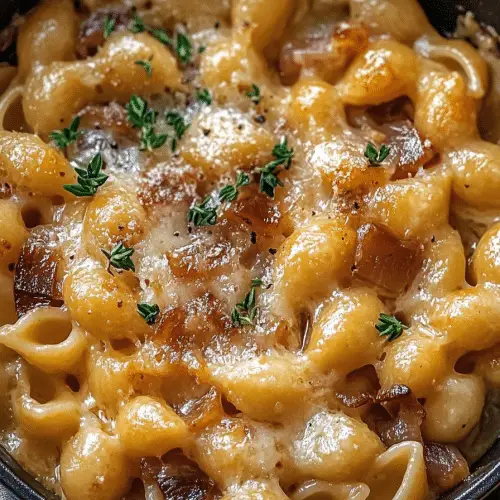
French Onion Pasta
Ingredients
Main Ingredients
- 0.5 pound pasta such as rigatoni or penne
- 2 tablespoons butter
- 3 large onions thinly sliced
- 1 clove garlic minced
- 1 cup beef broth
- 0.5 cup heavy cream
- 1 cup gruyere cheese grated
- 0.5 cup parmesan cheese grated
- 0.5 teaspoon salt
- 0.25 teaspoon black pepper
Instructions
Preparation Steps
- Cook pasta according to package directions. Drain and set aside.
- In a large skillet, melt butter over medium heat. Add sliced onions and cook, stirring occasionally, until softened and caramelized, about 15-20 minutes.
- Add minced garlic to the skillet and cook for 1 minute more until fragrant.
- Pour in beef broth and bring to a simmer, scraping up any browned bits from the bottom of the skillet.
- Stir in heavy cream, Gruyere cheese, and Parmesan cheese. Cook until the cheese is melted and the sauce is thickened.
- Season with salt and black pepper to taste.
- Add the cooked pasta to the skillet with the sauce and toss to combine. Serve immediately.


